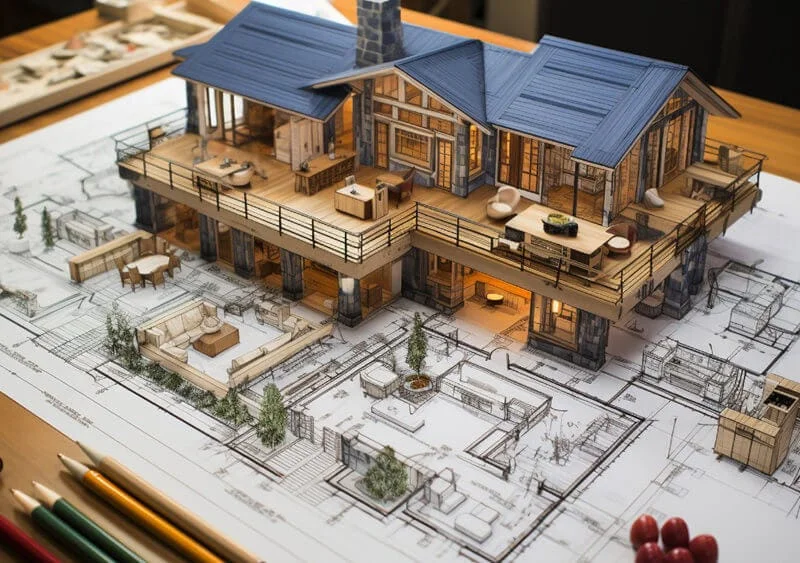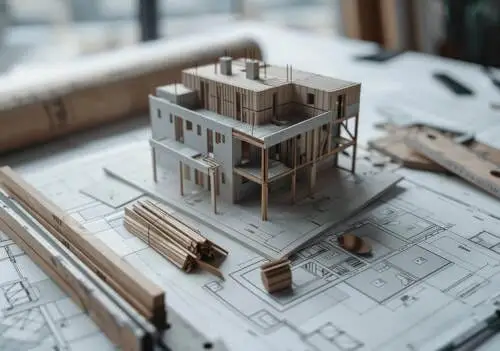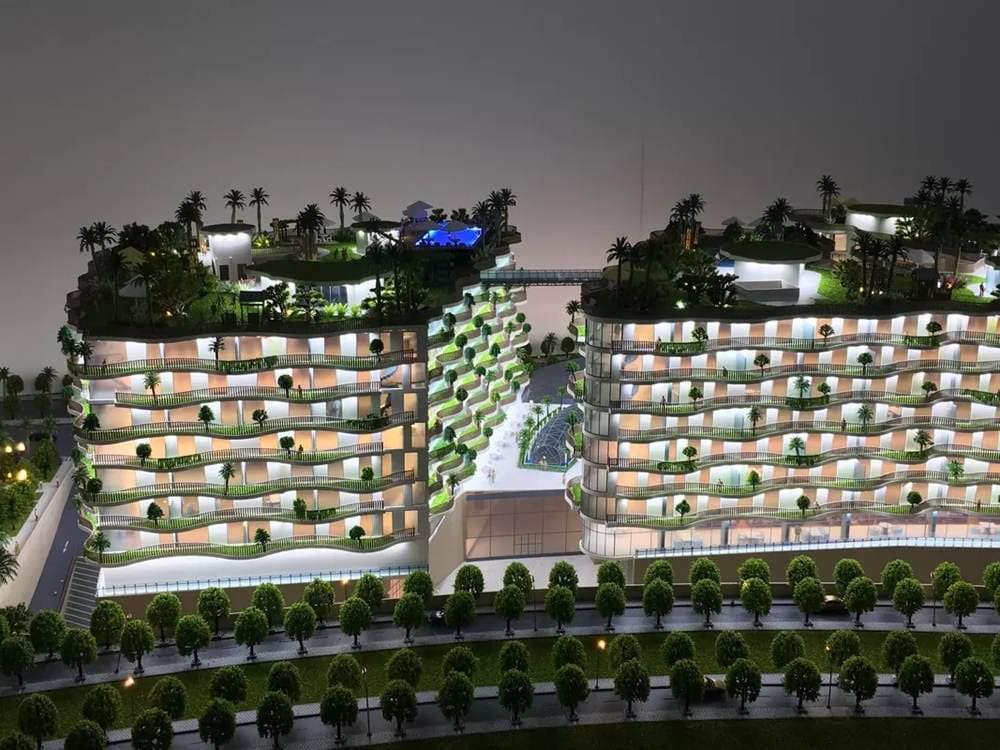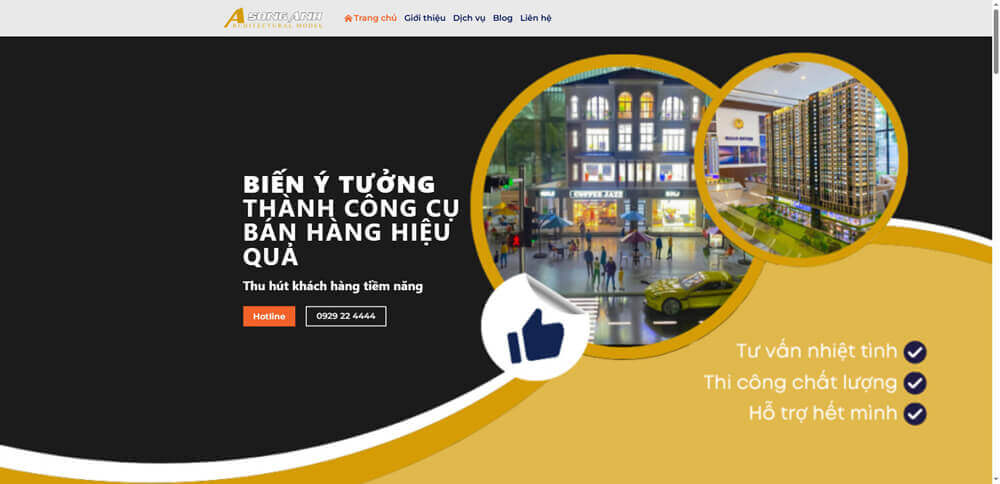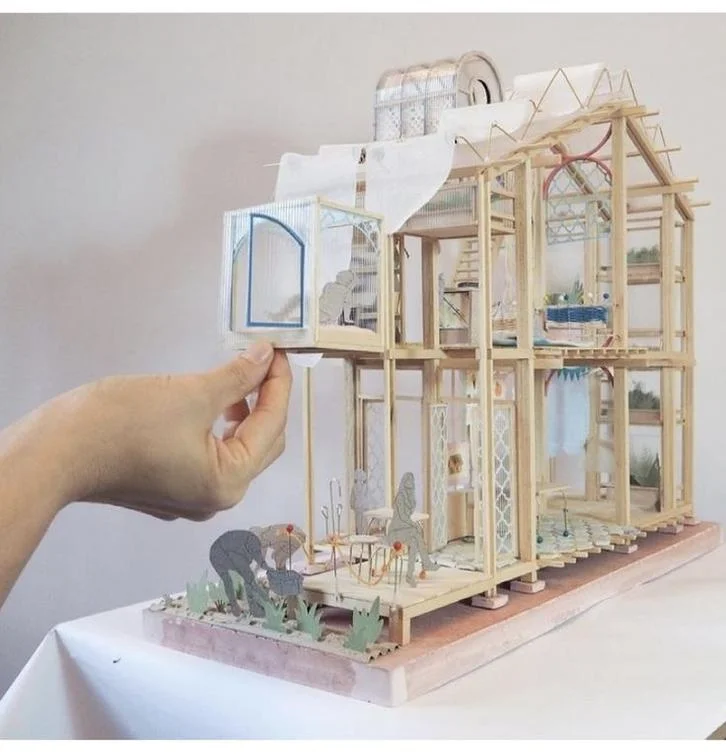Model taman hiburan adalah cetak biru ajaib dari pengalaman yang mendalam, captivating audiences and shaping the future of entertainment. From whimsical lands to thrilling attractions, these miniature worlds are instrumental in design, perencanaan, and marketing. This comprehensive guide delves into the art and science of theme park model making, exploring everything from initial concepts to the final, breathtaking creations. Whether you’re a seasoned designer, an aspiring Imagineer, or simply fascinated by the magic of theme parks, this article offers a backstage pass to the world of miniature marvels.
Daftar isi
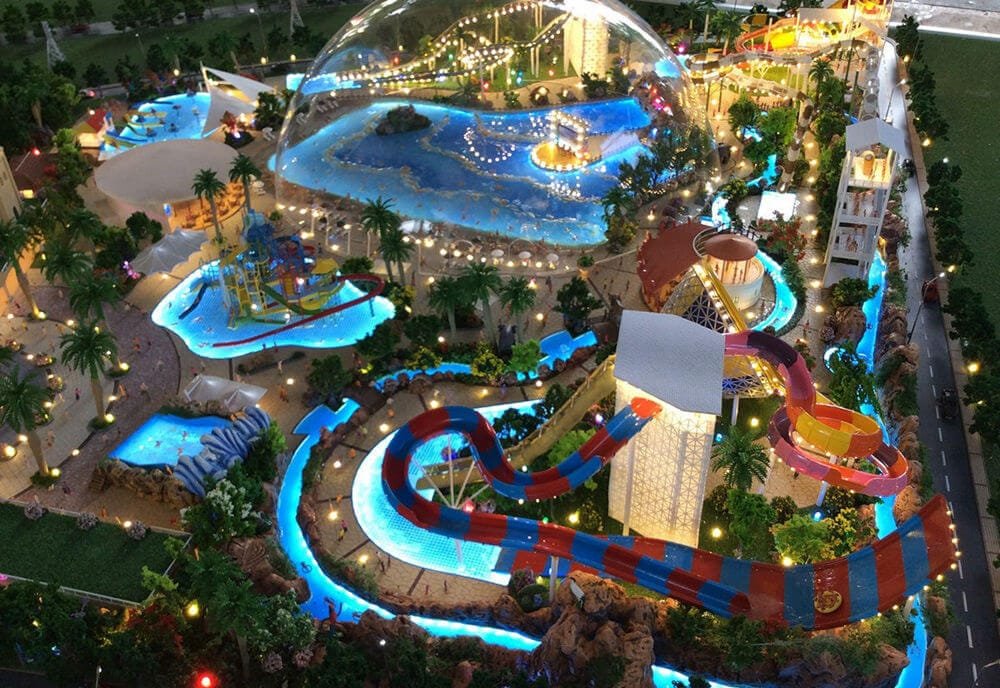
What is a Theme Park Model?
A theme park model is a scaled-down, three-dimensional representation of a theme park, a specific area within a park, or even a single attraction. These models range from basic conceptual representations to highly detailed, meticulously crafted miniature worlds. They’re not just static displays; they are dynamic tools that help bring the vision of a theme park to life.
Think of them as the storyboards of the theme park world. They allow designers to experiment with layouts, explore different themes, and visualize the guest experience. A theme park model can be as simple or as complex as the project demands, but its core purpose remains the same: to turn imagination into a tangible form. Creating a detailed miniature world, such as a theme park 3d model, requires careful theme park model making keahlian.
Why Are Theme Park Models Important?
Theme park models are indispensable for several reasons. They facilitate communication between designers, investor, dan publik, offering a clear and engaging way to understand the project. Imagine trying to describe a complex rollercoaster layout with just words – a model instantly conveys the thrill and excitement of the ride.
Beyond visualization, models also aid in problem-solving. By building a miniature version, designers can identify potential issues with guest flow, garis pandang, and accessibility early in the process. This saves time and money in the long run, making theme park architecture models invaluable tools for project management. Models are also essential for marketing and creating buzz, offering a tantalizing glimpse into the future experience. Even a simple theme park model can ignite the imagination and generate excitement.
Exploring Different Types of Theme Park Models
There are several types of theme park models, masing-masing dengan tujuan tertentu:
- Model konseptual: Early-stage models used to explore design ideas and overall layout.
- Model Rencana Induk: Comprehensive representations of the entire theme park.
- Attraction Models: Detailed models of individual rides or experiences.
- Presentation/Marketing Models: High-quality models used to impress investors or the public.
Each type plays a unique role in the development lifecycle. A conceptual model might be made of simple materials like foam core, while a presentation model might incorporate intricate details, penerangan, dan bahkan animasi. The goal always dictates the complexity of the theme park model being crafted. Those seeking intricate detail often opt for a theme park 3d model, pushing the boundaries of model making.
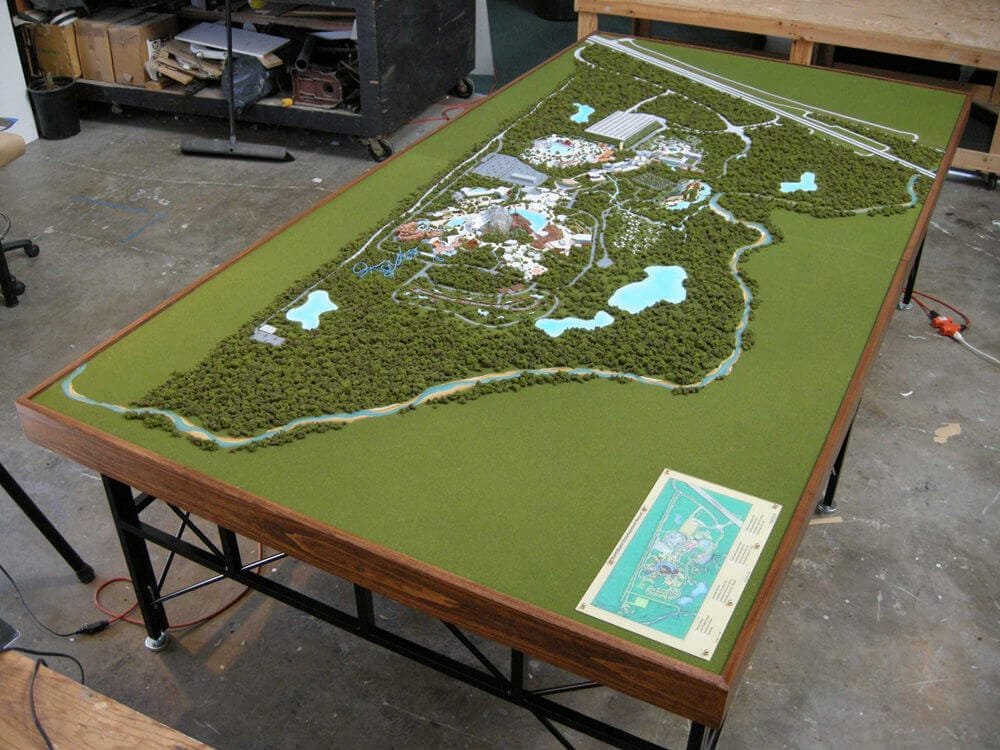
The Art and Science of Theme Park Model Making
Building a theme park model is a meticulous process that involves a combination of artistic talent and technical expertise. Model makers begin with architectural drawings, concept art, and a deep understanding of the theme park’s narrative. They then translate these two-dimensional ideas into three-dimensional forms, carefully choosing materials, timbangan, dan teknik konstruksi. This attention to detail ensures that the final model accurately captures the essence of the park.
Materials used can range from simple cardboard and foam to advanced resins and metals. 3D printing is increasingly utilized for creating intricate components, while laser cutting provides precision and speed. Traditional skills like sculpting, lukisan, and scenic design bring the model to life, creating immersive miniature worlds that transport viewers to another realm. This meticulous process can even result in a fully realized theme park 3d model that captures every nuance of the design.
How Technology Transforms Theme Park Model Making
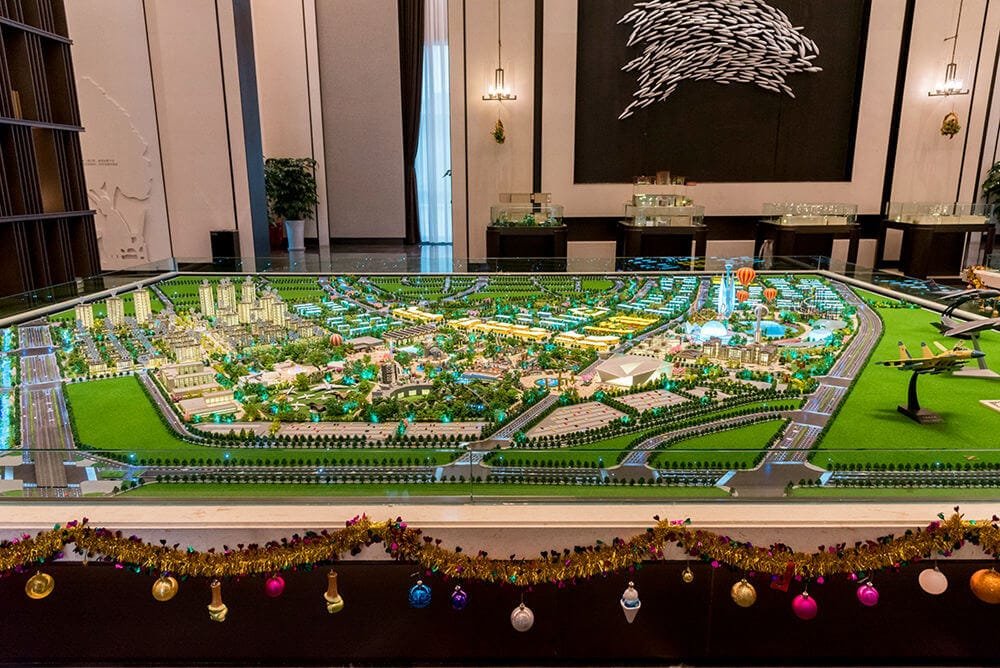
Technological advancements have revolutionized theme park model making. CAD software allows for precise digital design and pre-visualization, ensuring accuracy and streamlining the production process. 3D printing enables the creation of highly complex shapes and components, while laser cutting offers speed and precision. These digital tools empower model makers to achieve greater levels of detail and realism.
Beyond fabrication, technology also enhances the presentation of theme park models. realitas tertambah (Ar) dan realitas virtual (Vr) can create interactive experiences, allowing viewers to “step inside” the model and explore it from different perspectives. Interactive lighting, efek suara, and even projection mapping can bring the miniature world to life, adding another layer of immersion and engagement. These advancements transform a static theme park model into a dynamic and engaging experience.
The Collaborative Power of Theme Park Models
Theme park models act as central hubs for collaboration, bringing together diverse teams involved in the project. Arsitek, insinyur, landscape designers, and creative directors can gather around the model to discuss ideas, identify challenges, and refine the design. This collaborative environment fosters innovation and ensures that all aspects of the park work together seamlessly. The tangible nature of a model promotes shared understanding and avoids miscommunication, memastikan semua orang memiliki pemikiran yang sama.
Untuk klien, models provide a clear and compelling vision of the final product. They can walk around the model, experience the scale and scope of the project, and provide feedback directly to the design team. This participatory process strengthens the client-designer relationship and leads to a more successful outcome. The collaborative process is vital, even when crafting a simple theme park model, as it ensures everyone is aligned with the vision.
Marketing Magic: Showcasing Theme Parks with Models
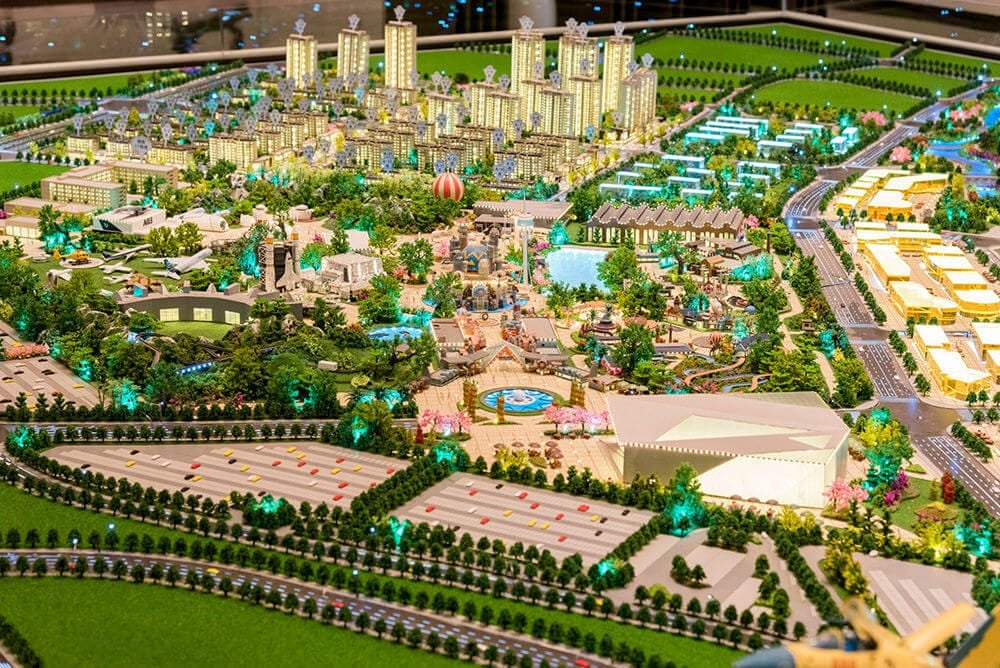
Theme park models are powerful marketing tools, generating excitement and anticipation among potential visitors. Displaying a beautiful and detailed model at trade shows, press events, or visitor centers creates a buzz and generates media attention. The model offers a tangible representation of the future experience, enticing audiences and building anticipation for the grand opening.
In the digital age, high-quality photos and videos of the model can be used for online marketing and social media campaigns. These visuals captivate audiences and create a sense of wonder, translating the magic of the theme park into a shareable format. Models also serve as excellent centerpieces for fundraising events, helping secure investment and demonstrating the project’s potential. When considering model taman hiburan for marketing, even a visually striking basic theme park model can have a significant impact.
The Cost of Crafting Theme Park Dreams
The cost of a theme park model depends on various factors, including its size, kompleksitas, tingkat detail, and materials used. Simple conceptual models can cost a few thousand dollars, while highly detailed presentation models can reach hundreds of thousands or even millions. 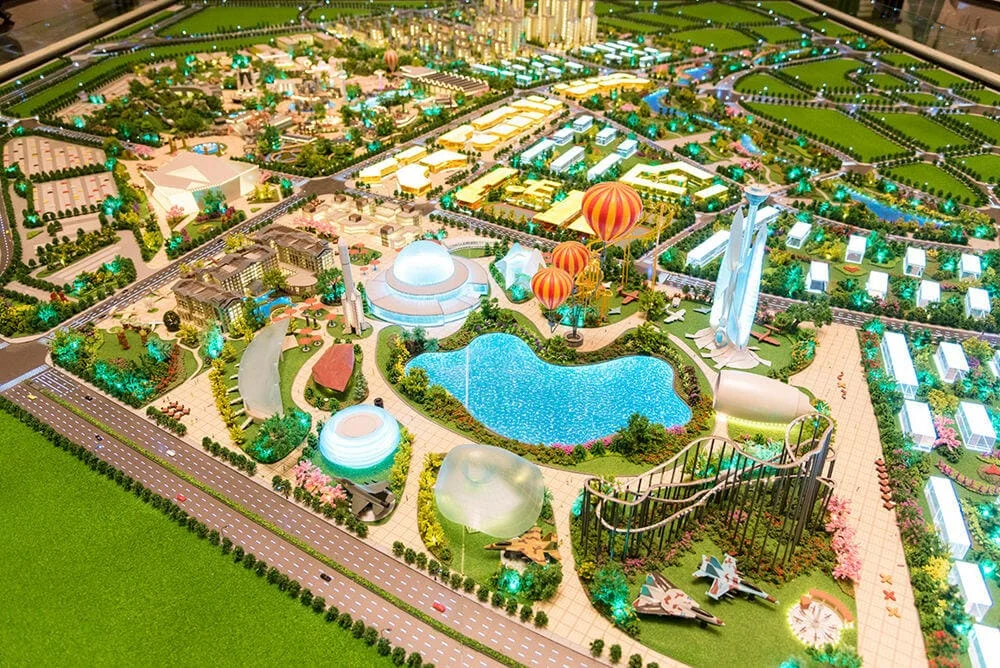
It’s important to consult with professional model makers to get accurate quotes based on your specific needs and budget. Factors like incorporating animation, penerangan, and interactive elements will impact the final cost. Namun, the investment in a high-quality model can yield significant returns in terms of improved communication, Pemasaran yang efektif, and a more successful project overall.
Trends Shaping the Future of Theme Park Models
The field of theme park model making continues to evolve, embracing new technologies and design trends. Here are some key trends shaping the future of miniature worlds:
- Increased use of 3D printing and digital fabrication:
- Integration of AR/VR for interactive experiences.
- Sustainable materials and practices.
- Dynamic models with animation, penerangan, and special effects.
- Personalized and customized models.
These trends are not only making models more realistic and engaging but also expanding their role in the theme park development process. They empower designers to create truly immersive experiences and share their vision with the world in innovative ways.
Kesimpulan: Where Imagination Takes Shape
Theme park models are more than just miniature representations; they are powerful tools that bring dreams to life. They play a crucial role in every stage of a theme park’s development, from initial concept to grand opening and beyond. Saat teknologi terus maju, the potential of theme park models is only limited by our imagination. These miniature worlds will continue to inspire, entertain, and shape the future of the theme park industry.
Kunci takeaways:
- Theme park models are essential for design, perencanaan, and marketing.
- They facilitate communication and collaboration.
- Various types of models serve different purposes.
- Technology is transforming the model-making process.
- Models are powerful marketing tools.
- Cost varies based on size, kompleksitas, dan bahan.
- New trends are shaping the future of theme park models.
Ready to bring your theme park vision to life? Hubungi kami today to discuss your project and embark on the exciting journey of creating a world in miniature.


